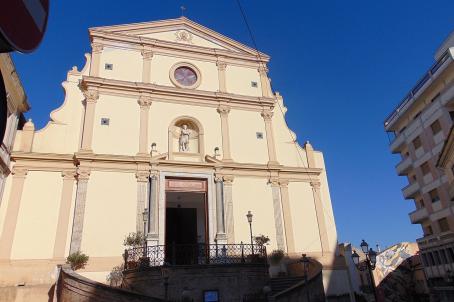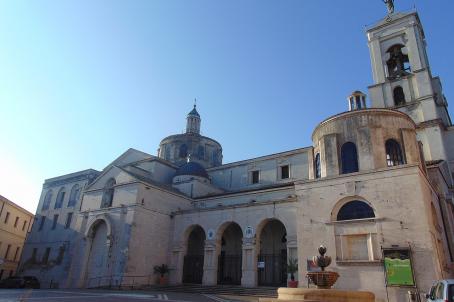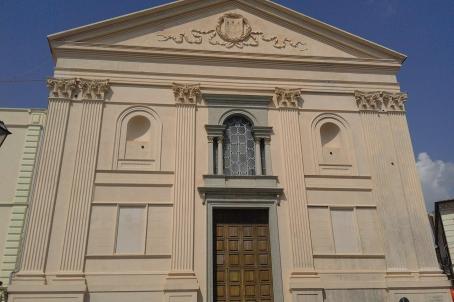Basilica of the Immaculate Conception
The Basilica of the Immaculate Conception was erected in 1254. The basilica was built with a single nave, then over the centuries, two more minor naves were added. In 1750, the building underwent the first major restoration work, which lasted until 1763.






